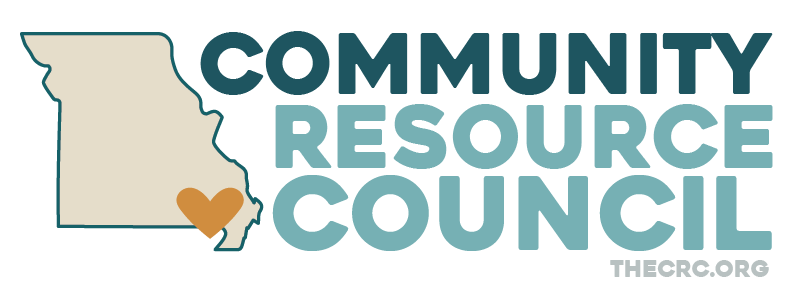2023 is officially upon us! Every year around New Year’s my newsfeed on social media is filled with people making resolutions of things they will do differently in the coming year. This year alone I have seen posts of people making commitments to lose weight, read more, work less, get their finances in order, and eat healthier. But why? Why are we all so caught up in making changes for the New Year? Simple, we all want to believe that the future will be brighter and that the new year will be better than the last. I’m sure you are wondering what all my rambling about New Years resolutions has to do with preventing substance use. Today’s blog will address the protective factor of belief in the future.
Just like adults, children and youth need to believe that the future ahead of them is going to be bright. We always ask children what they want to be when they grow up, and many have big dreams to become a doctor, a famous singer, or a veterinarian. As children get older these answers change and for some youth they really have no idea what they want to do with their lives. This can lead to a overwhelming and depressing stage, which puts youth at a higher risk of using substances.
Youth who have goals and ideas of things they would like to achieve in the future are at a lower risk for using substances. These youth are often excited about their dreams and don’t want to do anything to jeopardize the possibility of reaching their goals. These goals may be maintaining a relationship, having a family, going to college, moving away from home, or starting a career. The goals give the youth something to work for and belief in the future. This belief serves as a protective factor that makes youth less likely to use substances.
Now that we have discussed why having a belief in the future is important let’s talk about what you can do as a parent to help your child develop a healthy belief in the future. It is important to help your child find things that they love. Whether these be hobbies, a potential career, or the ability to build healthy relationships. Discovering a passion comes much easier for some young people than others. Encourage your children to get out in the world and find a part time or summer job, this can teach them so much about the kind of work they want to do and sometimes motivate them by finding out the type of work they definitely don’t want to do. There are several vocational assessments available online that your child can take to get some ideas about what kinds of jobs they may be good at or may be interesting to them. Job shadowing is something that can be very beneficial if your teenager has a career they think they might be interested in. You can set up job shadowing by contacting professionals and asking if they would be willing to let your child job shadow. If you are struggling to make a connection, then reach out to your child’s school guidance counselor and see if they can help. You can also attend a job fair or a college fair with your child. Even if your child is not actively searching for a job or college at this time, it is helpful for them to see all of the different opportunities available to them.
Once your child has developed a reasonable goal for the future then it is time to do some planning. I encourage you to sit down with your child and write a SMART Goal, then make a list of steps needed to achieve that goal. I have included an example below.
SMART Goal: Rachel will graduate and become a Registered Nurse by May 2026.
Step By When? Complete
Rachel will graduate high school with a GPA of 3.5 or higher. May 2023
Rachel will apply to 3 colleges. January 2023
Rachel will be accepted and enroll in college classes. June 2023
Rachel will begin college. August 2023
Rachel will apply to Nursing Schools. May 2024
Rachel will begin Nursing School. August 2024
Rachel will graduate from Nursing School. May 2026
This model may not work for every goal, but you could come up with something similar. Just remember to take the overarching long-term goal and break it down into several small achievable steps. This gives the youth a road map to achieving their success and helps them to track their own progress toward achieving these goals. Developing a plan can help your child to see that their goals are achievable and keep a positive mindset about their future.
